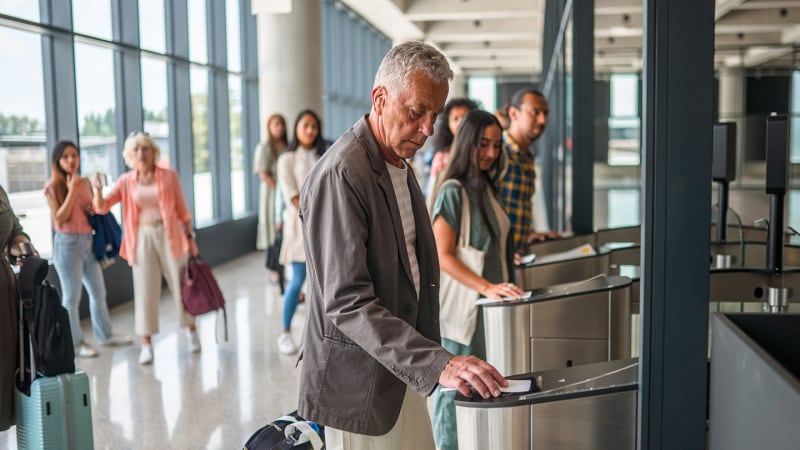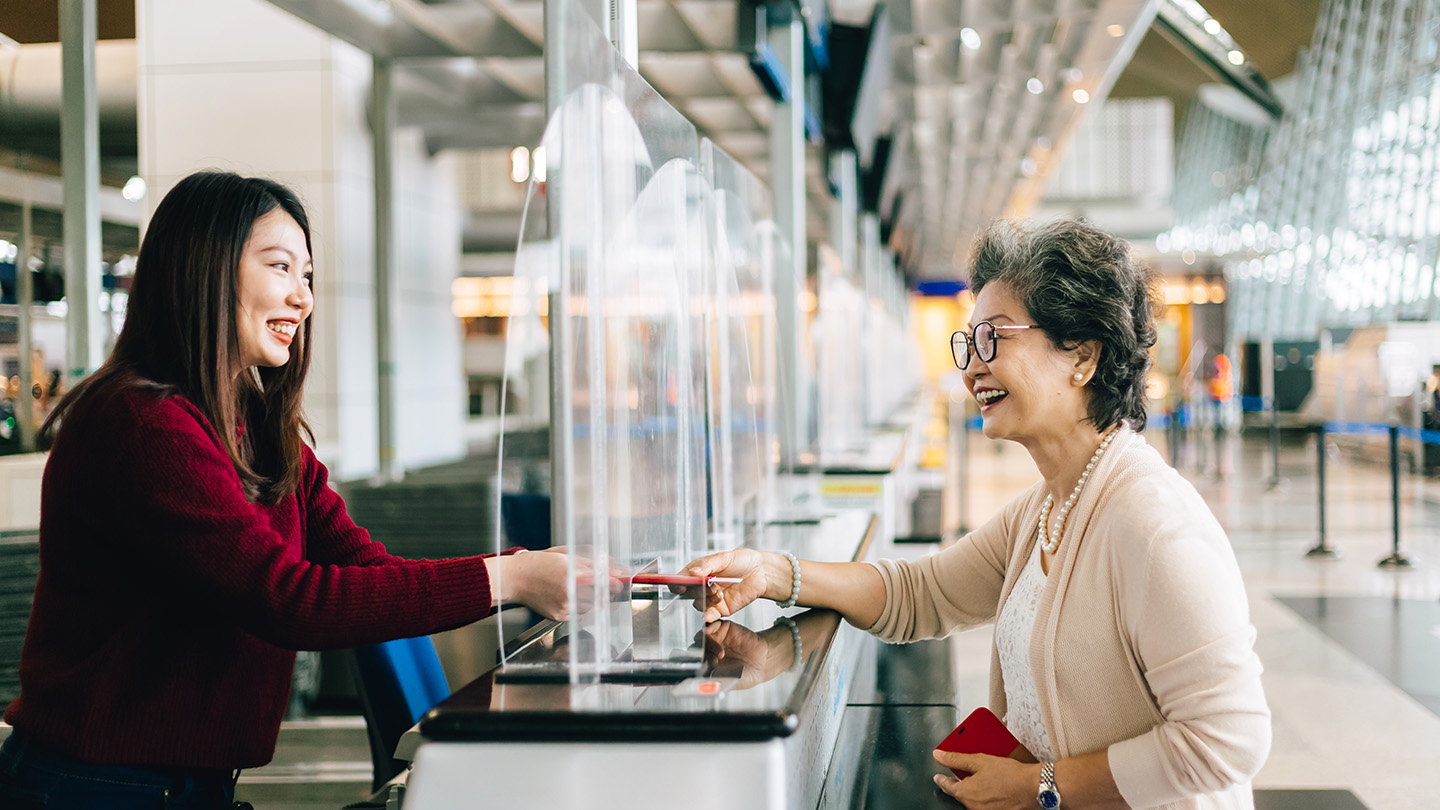Average customs and immigration wait times

Quick insights
- There are many factors that can affect the amount of time that it takes to get through customs and immigration.
- When entering the U.S. from an international flight, passengers need to clear both customs and immigration check points.
- Wait times will likely be longer at large, international airports near metropolitan areas.
Walking off a long international flight can sometimes feel disorienting. You may be dealing with jet lag and have a warped sense of the day and time when you land. If so, you probably aren’t looking forward to standing in line to get through customs and immigration. But this part of reentry to the U.S. plays an important role in national safety and security.
Going through customs and immigration
Customs and immigration are run by the U.S. Customs and Border Patrol (CBP). Both processes are crucial for maintaining U.S. security, safety and economic integrity. They help prevent illegal immigration, smuggling and the introduction of harmful substances.
Let’s take a quick look at the purpose of customs and immigration and what to expect when going through these checkpoints:
Immigration
The purpose of immigration is to monitor and control the entry of people into the country. Immigration officers check passports and visas (if required) to ensure everyone passing through has the right to enter and stay in the country.
Immigration checks occur when you enter a new country, regardless of whether you're a citizen or a foreign visitor. In the U.S., this process happens right after you disembark from your international flight. Immigration officers may ask questions about your trip, such as the purpose of your visit and how long you plan to stay.
Customs
The purpose of customs is to control the goods being brought into the country. Customs officers check for restricted or prohibited items, such as certain foods, plants, animal products and large amounts of currency. They also ensure that duties are paid on any goods that exceed the duty-free allowance.
Customs checks occur after immigration, when you've collected any checked luggage. This process happens at your first point of entry into the country, even if you have a connecting domestic flight.
Wait times at customs and immigration
There is no set wait time when re-entering the U.S. from an international flight. Wait times can vary from minutes to upwards of an hour. You can check average wait times at several of the busiest airports in the U.S. on the CPB website.
Factors that can affect wait times
Several factors can play into the amount of time it will take to clear customs and immigration. They include:
Airport size and location
Large, international airports in busy metropolitan areas like Los Angeles and New York tend to have longer average wait times than smaller, regional airports.
Time of day and week
Wait times are generally longer during peak arrival times, which for many international airports in the U.S. are in the late afternoon and evening. This is when the majority of international flights tend to arrive, so it is common to wait longer during these times. Weekdays, especially mid-week, typically have shorter wait times compared to weekends.
Peak travel season
During peak travel periods—such as holiday seasons, spring break or summer vacation months—the average wait times can increase significantly. It's not uncommon for travelers to experience wait times exceeding one hour during these periods at busy, international airports.
Staffing
A higher number of customs and immigration officers can help move the flow of travelers and reduce wait times. But if there are staffing shortages—whether due to budget constraints, illness or other reasons—this can increase wait times.
How to reduce airport customs and immigration wait times
One of the easiest ways to reduce potential wait times is by traveling through smaller airports and during off-peak times. However, depending on your travel plans, that may not be possible.
There are things you can do as a traveler to help ensure you’re not adding to your time getting through customs and immigration. Travelers who have all required documents ready—including passports and completed customs forms—may be able to move through processes faster. Having an awareness of customs regulations—such as what needs to be declared and what is prohibited—can also help prevent delays during inspections.
Government programs like Global Entry and Mobile Passport Control may be another way to help reduce wait times:
- Global Entry: Global Entry is a program that allows expedited clearance for pre-approved, low risk travelers upon arrival in the U.S. Global Entry members enter the U.S. through automatic kiosks at select airports. At the kiosk, members scan their passports, provide fingerprints and complete a customs declaration. Once cleared, members receive a receipt and can then proceed to baggage claim and the exit.
- Mobile Passport Control: Mobile Passport Control (MPC) is a program that allows eligible travelers to submit their passport and customs declaration information through a secure, no-cost app. You typically won't need to fill out any paperwork at CBP, and there may even be a designated line for travelers who use MPC.
In summary
The amount of time it takes to get through customs is not standard. Wait times can vary based on when and where you land. A smaller airport during an off-peak travel time will likely have shorter wait times than large, international airports during the holiday season.
Still, as a traveler you can help to reduce your time spent in customs and immigration by having a general understanding of border patrol processes and having your required documents ready upon reentry to the U.S. Programs like Global Entry and Mobile Passport Control may potentially help reduce wait times as well.



